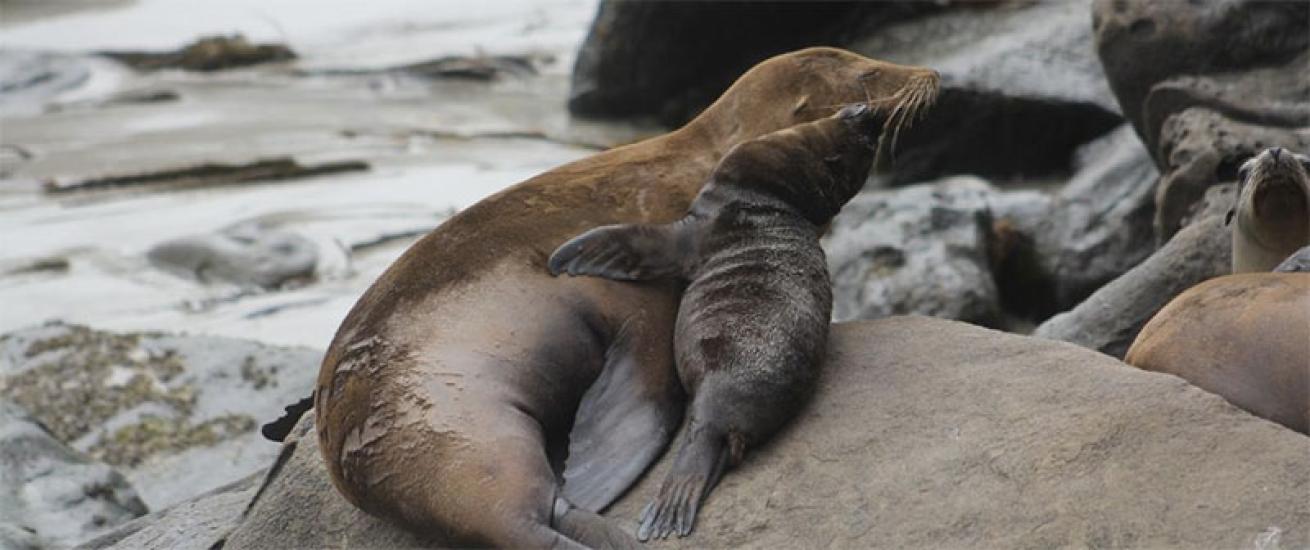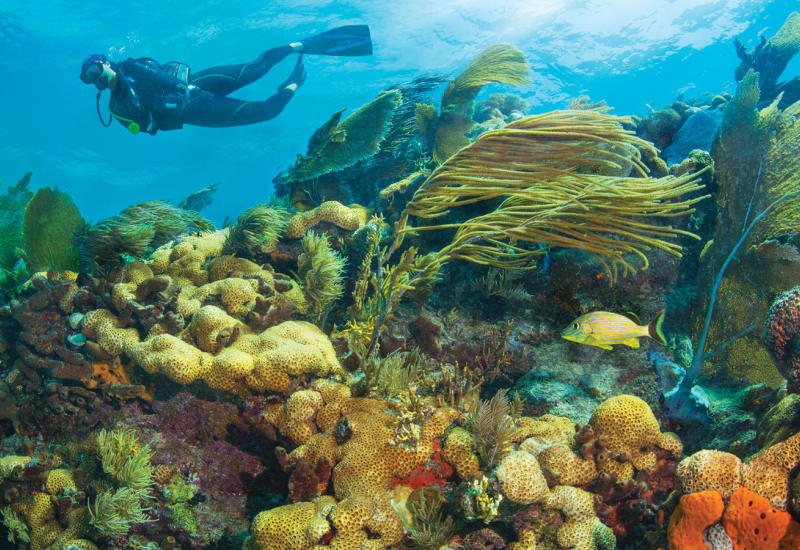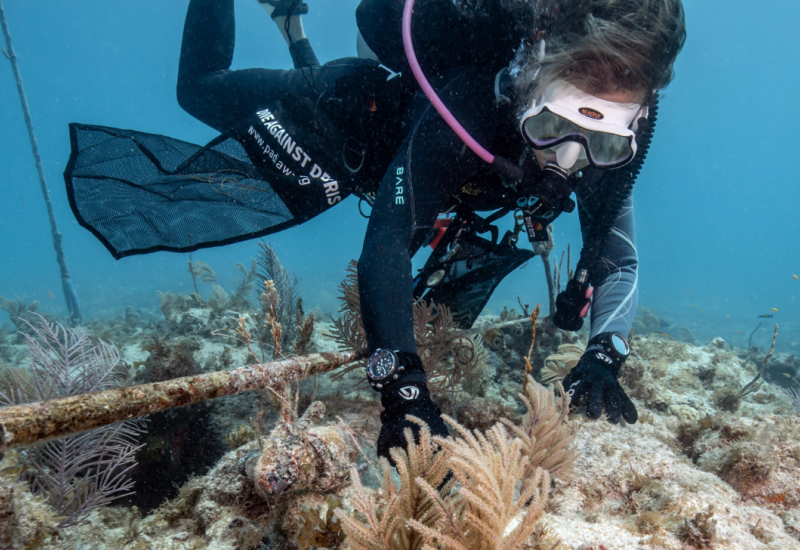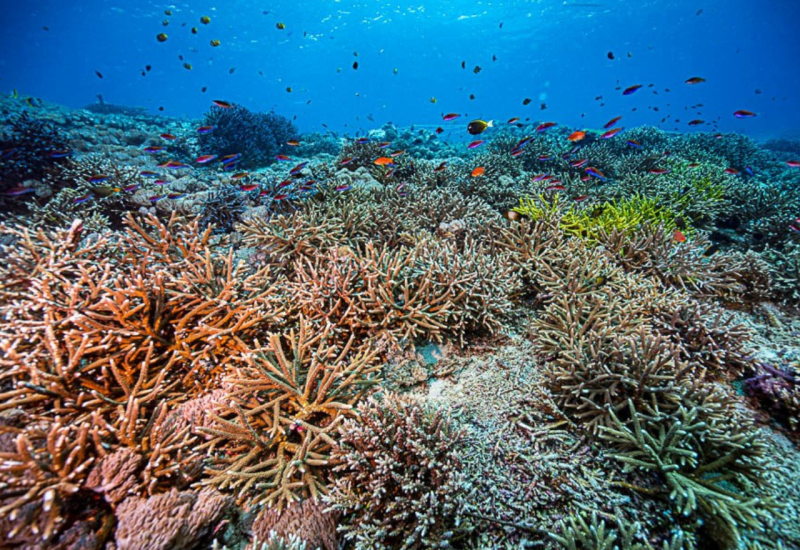Southern California Sea Lion Pups Are Starving

Tony Orr/NOAADue to a decline in the Pacific sardine fishery, sea lion pups are starving.
Separated from their mothers, thousands of skeletally thin baby sea lions have washed ashore on the coast of Southern California in the last four years.
This crisis is the result of a recent crash in forage fish populations — and we’ve just learned that the Pacific sardine population is the lowest it’s been in a decade — just 5% of what it was in 2006. All indications suggest this will happen again if we don’t make a change immediately.
In 2015, Oceana won an emergency closure of the Pacific sardine fishery on the U.S. west coast to help this forage fish population recover.
The National Oceanic and Atmospheric Administration (NOAA) said a lack of Pacific sardines is a “likely contributor” to the “Unusual Mortality Event” (UME) that occurred in 2014 when more than 1,600 California sea lions were found stranded and malnourished along the Southern California coastline. “Our findings to date indicate that a likely contributor to the large number of stranded, malnourished pups was a change in the availability of sea lion prey, especially sardines, a high-value food source for nursing mothers,” NOAA said.
Pacific sardines are a critically important forage fish that provide the nutrition and fats necessary for nursing California sea lion pups and newly weaned pups foraging on their own. Although other prey like market squid and rockfish were available, these alone did not provide the adequate nutrition the pups needed. Sardines are a much more energy-rich food source and critical in the diet of nursing sea lions.
In 2013, an unprecedented number of sea lion pups were admitted to rehabilitation facilities, emaciated, dehydrated, and very underweight for their age. The pups were admitted between January and April 2013 with increased strandings documented in California’s Santa Barbara, Ventura, Los Angeles, Orange and San Diego counties.
The crisis for sea lions has continued. In early 2012, top NOAA scientists published a major study warning that the sardine population was collapsing and that fishery managers were repeating the overfishing pattern that occurred during the historic collapse of the sardine fishery in the 1950s, which ended the famous Cannery Row era. Two years later, in March 2014, NOAA released the latest Pacific sardine stock assessment concluding that the Pacific sardine population has precipitously crashed 74 percent since 2007 with no evidence of recovery.
While the sardine population is in part influenced by ocean conditions, it is also highly susceptible to fishing pressures. What we know now is that forage fish stocks like sardines can withstand fishing pressure when they are abundant and productive, but in times of poor ocean conditions, they become extremely vulnerable to overfishing. The Pacific sardine population declined 1.05 million metric tons between 2007, when it peaked at 1.42 million metric tons, and July 2014, when it is projected to be 369,506 metric tons (see: sardine stock assessment). Over the same seven-year period the fishery removed 715,000 metric tons of sardines. Therefore, while we can only speculate what the decline would have been in the absence of fishing, over two-thirds (68%) of the recent seven-year decline are attributable directly to fishery removals. In other words, any fishing on sardines right now is overfishing, as the stock is not even replacing itself, much less providing a surplus.
Our federal government employs some of the top marine scientists in the world, including marine mammal and fishery experts. These scientists are finding that sardines are collapsing and that fishing is part of the root cause. Sea lion pups are starving as a direct result of this prey depletion. Rather than following their own scientists’ advice, the decision-makers determining NOAA policy have instead chosen to strategically disregard scientific evidence that may suggest that fishing is impacting the health of our ocean ecosystem. This is concerning on many levels given that recent scientific surveys show the Pacific sardine population is not recovering and sea lions starving on the beach may only be the tip of the iceberg.
With sardine levels at their lowest in over a decade, we have to do more. We’re pushing for the government to change management of the sardine fishery to leave more fish in the water during times of natural population declines to prevent compounding the problem. We are also pushing for an assessment of other important forage fish in the area, including the first full anchovy stock assessment in twenty years so we can protect the fish that sea lions rely on for food.
FIND OUT HOW YOU CAN HELP. VISIT OCEANA'S WEBSITE.










